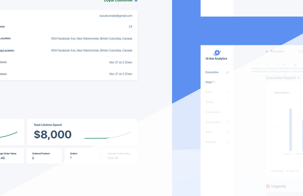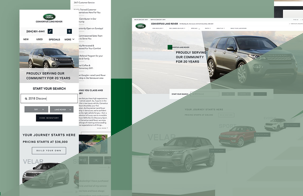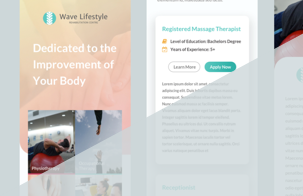
Company:
Copperleaf
Project Date:
January 3rd, 2024 - July 21st, 2024
Category:
Enterprise, Mid Sized Company, Full Time
Software:
Figma, Dovetail, Whimsical, Jira, Mural
Team(s):
Project Manager and Dev Team Lead (Triad), Director UXR, Design Team
Timeline:
6 Months
Do you have more work to show?
Please email jarell.alvarez@hotmail.com for a deeper dive
Simplifying Value Frameworks: Overview
Copperleaf provides a comprehensive decision analytics solution focused on maximizing asset value. Their latest innovation, Framework Designer, part of the Copperleaf Value suite, empowers organizations to customize and evolve their value frameworks independently, enhancing flexibility and adaptability in decision-making processes.
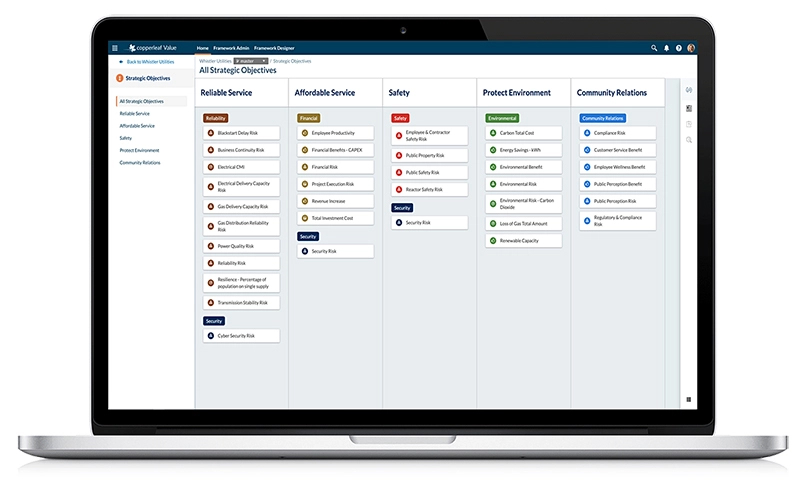 Framework Designer: This tool simplifies the creation and modification of value models, allowing users, regardless of their technical expertise, to manage and adapt their strategies to changing conditions effortlessly. Framework Designer supports building from scratch or modifying existing models using an intuitive interface, significantly democratizing the process previously reliant on deep software expertise.
Framework Designer: This tool simplifies the creation and modification of value models, allowing users, regardless of their technical expertise, to manage and adapt their strategies to changing conditions effortlessly. Framework Designer supports building from scratch or modifying existing models using an intuitive interface, significantly democratizing the process previously reliant on deep software expertise.
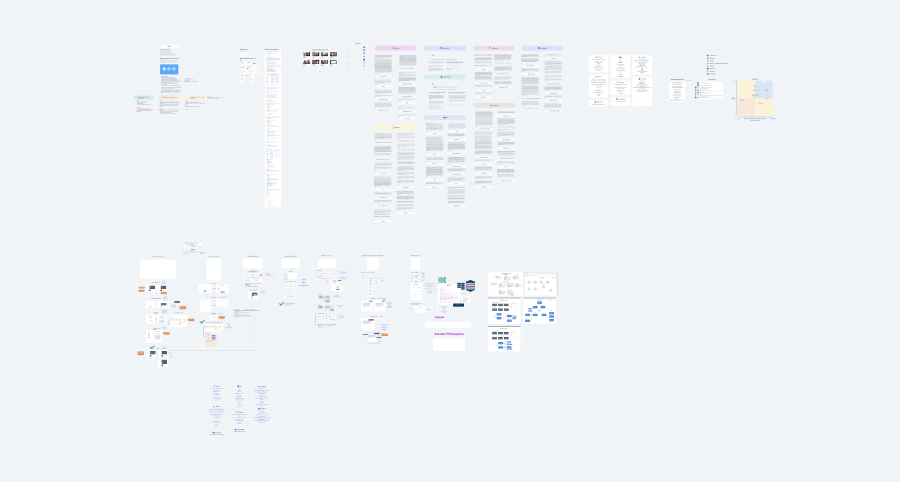 AI Implementation: Chatbot Integration
We integrated an AI-powered contextual chatbot directly into Framework Designer to assist stakeholders by:
AI Implementation: Chatbot Integration
We integrated an AI-powered contextual chatbot directly into Framework Designer to assist stakeholders by:
- Guided Navigation: Providing step-by-step prompts for building or editing value frameworks.
- On-Demand Knowledge: Pulling documentation, relevant training snippets, and definitions in real time.
- Process Automation: Suggesting template structures based on similar projects to speed up initial setup.
- Data Validation: Flagging inconsistencies or missing fields before users could progress, reducing errors early.
- Collaboration Boost: Allowing project teams to ask clarifying questions and instantly see aligned definitions or policy rules.
The chatbot’s AI model was fine-tuned on Copperleaf’s internal product documentation, training materials, and example frameworks, ensuring domain-specific accuracy and context.
User Persona:
Jeff is a new team member at Copperleaf, eager to make his mark. With an engineering background and a knack for software, he seamlessly blends his professional skills with an active social life. Jeff thrives in dynamic environments where he can leverage his communication skills to interact with highly intelligent asset managers of critical infrastructures. He aims to define and implement intuitive value frameworks for clients, preferring tools that are user-friendly and efficient. Although he finds satisfaction in solving problems and making precise adjustments, he struggles with the software’s steep learning curve and the frustration of system errors that disrupt his workflow.
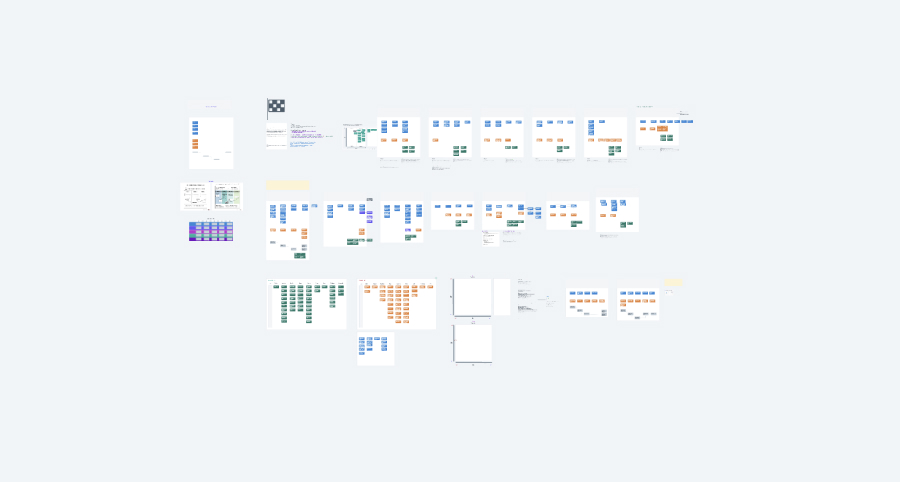
Challenge: While Framework Designer gave users powerful modeling capabilities, stakeholders faced two key issues:
- Complexity & Fragmentation: Users struggled with navigating fragmented data and multi-step workflows.
- Onboarding & Knowledge Gaps: Even skilled asset managers experienced a steep learning curve, often relying on manual hand-holding from internal experts.
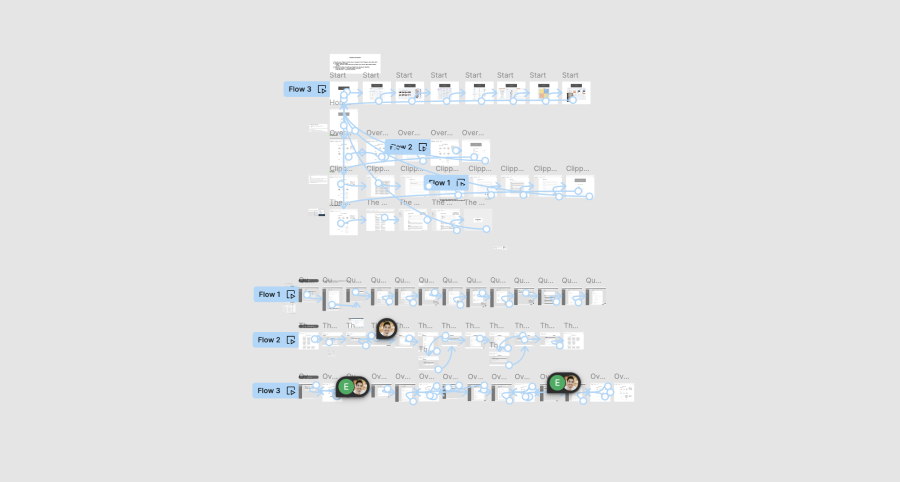
Goal: Streamline the user experience to:
- Reduce training time
- Lower error rates
- Improve adoption across technical and non-technical stakeholders
- Enable real-time, contextual assistance to empower users mid-task
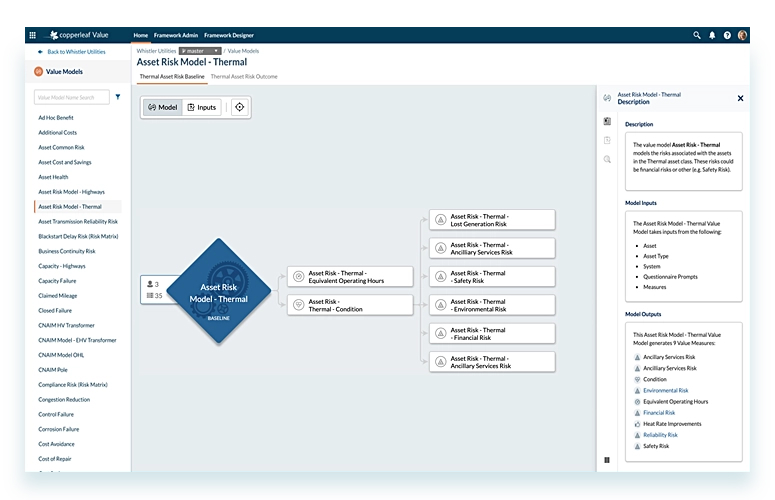
Impact:
- Training Time Reduced by 25% through guided, AI-assisted onboarding.
- Error Rate Decreased by 18% thanks to proactive data validation prompts.
- Higher Engagement: Users accessed AI help 3.5x more often than static documentation.
- Improved Stakeholder Alignment: Real-time definitions and shared framework templates reduced miscommunication between teams.
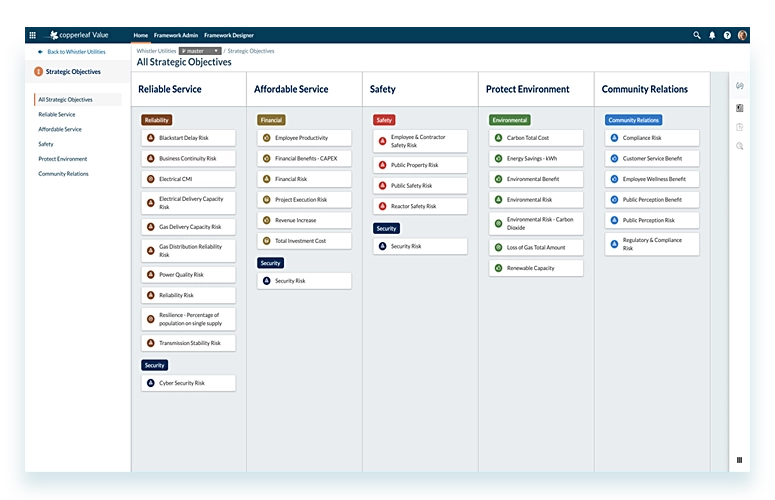
Method: Leveraging a hybrid of the Triple Diamond Process and Dual Track Agile, the approach focuses on iterative design and parallel delivery, ensuring rapid testing and refinement of solutions.
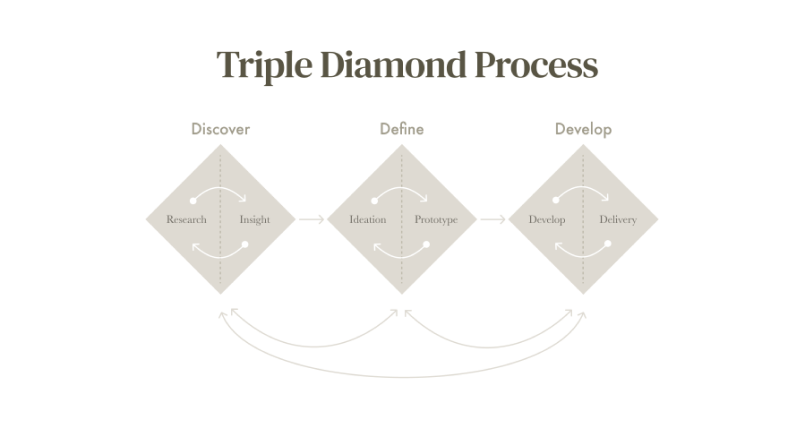
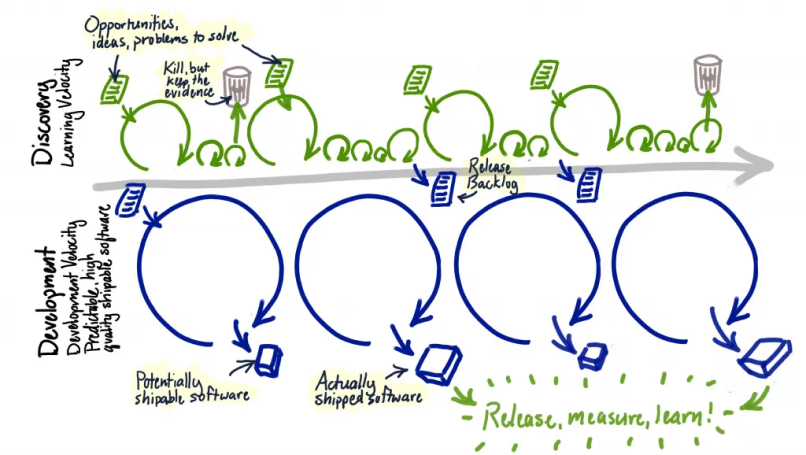
Constraints: Navigation challenges were only gathered from internal stakeholder insights rather than direct client feedback, due to the complex and technical nature of the framework. This approach requires a profound understanding of how users interact with the system and what is technically feasible within the existing infrastructure. Moreover, the team has to navigate through legacy processes and intricate workflows that are not always aligned, reflecting the diverse priorities and processes of different user groups. Ensuring that the new developments are cohesive and seamlessly integrated with other products adds another layer of complexity, demanding a thoughtful and well-coordinated design strategy to streamline operations and enhance user experience efficiently.
Value Proposition: By transforming Framework Designer into a more user-friendly platform, Copperleaf not only increases the tool's usability but also ensures that strategic adjustments are straightforward, fostering a proactive rather than reactive approach to value management. This shift is crucial for organizations looking to maintain agility in a fast-evolving business landscape.

Conclusion: We significantly enhanced user engagement by simplifying the use of Framework Designer, making it more intuitive and adaptable for decision-making. Despite challenges from relying on internal insights and navigating legacy processes, the project streamlined user experiences and set the stage for continuous improvements in asset management.


